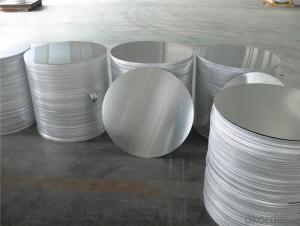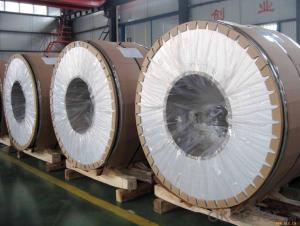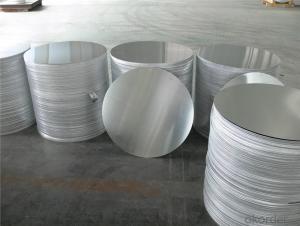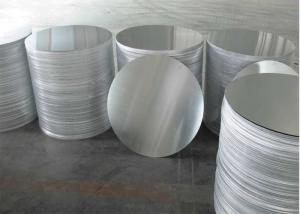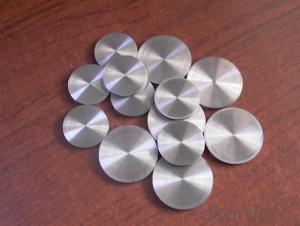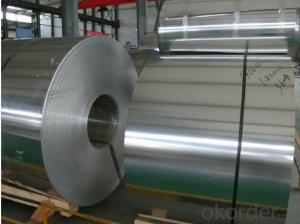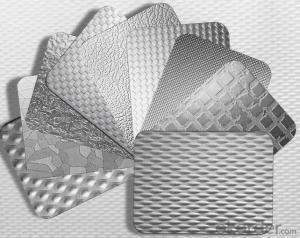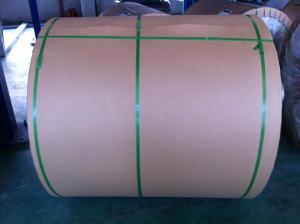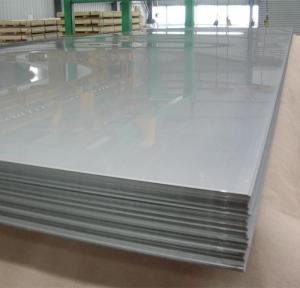Aluminum Sheets San Antonio - Continuous Casting Aluminium Strips for Food Cookware
- Loading Port:
- Shanghai
- Payment Terms:
- TT OR LC
- Min Order Qty:
- 2 m.t.
- Supply Capability:
- 20000 m.t./month
OKorder Service Pledge
OKorder Financial Service
You Might Also Like
Specification
1.Structure of Continuous Casting Aluminium Strips for Food Cookware
Continuous Casting Aluminium Strips for Food Cookware are widly used in decoration field. For the painting, it depends on the using evironment. If you use in the open air, we recommend the PVDF coated aluminium coils. This kind of painting can last 15-20 years. If you use in the room, we recommend PE coated aluminium coils. The price is much more competitive.
2. Main features of Continuous Casting Aluminium Strips for Food Cookware
a.Competitive price---We have our own mills and can produce mill finished aluminium coils, so we can control the production cost better.
b.Professional after-sale service---We have more than 15 years exportation experience and you need not worry about the exporation problems.
c.Fast delivery time---We can control the delivery time within 35 days.
3. Image of Continuous Casting Aluminium Strips for Food Cookware
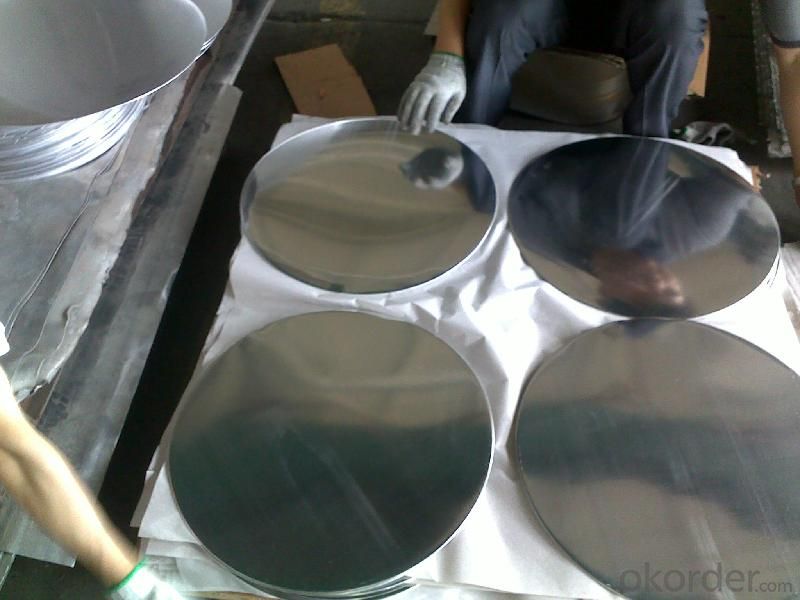
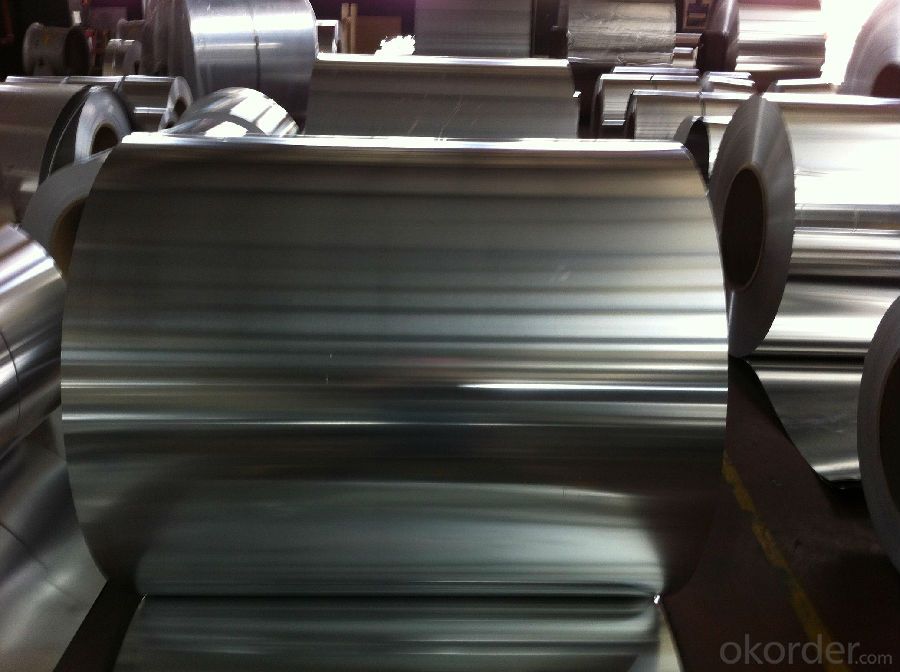
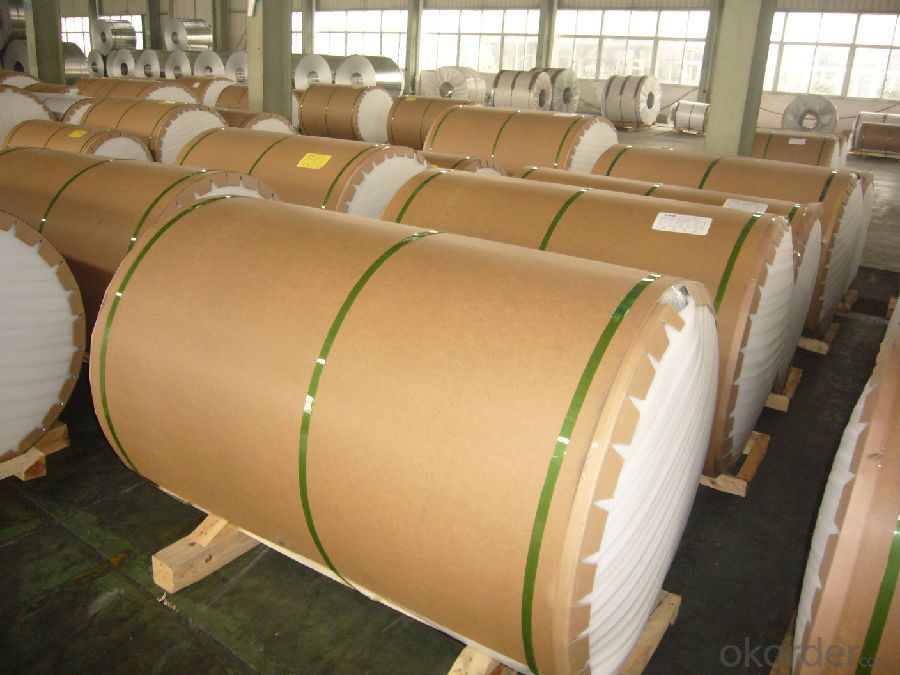
4. Product Specification of Continuous Casting Aluminium Strips for Food Cookware
| Alloy | Temper | Rolling | Thickness | Width |
| AA1050 | F | Hot Rolled | 0.2MM-2MM | 1000MM-1500MM |
5.FAQ of Continuous Casting Aluminium Strips for Food Cookware
What is the quality standard?
---Usually our standard is GB3880-2006
What is the largest width?
---It is 2300mm
What is the MOQ?
---Usually we can accept 80 tons.
- Q: How does the surface finish of aluminum sheet affect its cleaning requirements?
- The surface finish of aluminum sheet plays a significant role in determining its cleaning requirements. The different surface finishes available for aluminum sheet, such as mill finish, brushed finish, or anodized finish, can impact how dirt, grime, and other contaminants adhere to the surface. In general, smooth and polished surface finishes like brushed or anodized are more resistant to dirt and stains, making them easier to clean. These finishes have a lower surface roughness, which creates fewer areas for dirt particles to adhere to. As a result, they can be cleaned more effectively with gentle cleaning solutions or even just water and a soft cloth. On the other hand, aluminum sheets with a mill finish or a rougher surface may require more intensive cleaning methods. The higher surface roughness of these finishes can create more areas for dirt and grime to get trapped, making it harder to remove them with simple cleaning techniques. In such cases, more aggressive cleaning solutions or abrasive cleaning tools might be necessary to remove stubborn stains or dirt particles. It is important to note that the specific cleaning requirements for aluminum sheet also depend on the type and intensity of the contaminants present. For example, if the aluminum sheet is exposed to harsh chemicals or corrosive substances, special cleaning methods may need to be employed to ensure complete removal and avoid any potential damage. In summary, the surface finish of aluminum sheet directly affects its cleaning requirements. Smoother and polished finishes are generally easier to clean due to their lower surface roughness, while rougher finishes may require more intensive cleaning methods. Understanding the surface finish of aluminum sheet is crucial in determining the most appropriate cleaning techniques to maintain its appearance and functionality.
- Q: What are the surface treatment requirements for aluminum sheets in the food industry?
- In the food industry, aluminum sheets are commonly used due to their excellent corrosion resistance and lightweight properties. However, certain surface treatment requirements need to be met to ensure the safety and quality of the food products. Firstly, aluminum sheets used in the food industry should undergo a cleaning process to remove any impurities or contaminants. This can be achieved through various methods such as chemical cleaning, alkaline cleaning, or mechanical cleaning. The purpose is to eliminate any potential sources of contamination that could affect the food's taste, odor, or safety. Furthermore, the surface of the aluminum sheets should be properly finished to prevent any interactions between the metal and the food. Anodizing is a popular surface treatment method, which creates a protective oxide layer on the aluminum surface. This layer not only enhances corrosion resistance but also provides a barrier against any potential migration of aluminum ions into the food. Additionally, it is crucial to ensure that the surface treatment materials used are food-grade and compliant with relevant regulations. The food industry has specific guidelines and standards in place to ensure the safety and suitability of materials that come into contact with food. Therefore, the surface treatment process should adhere to these standards to prevent any health hazards or contamination risks. Regular inspection and maintenance of the surface treatment are also necessary to guarantee its effectiveness over time. This includes monitoring the integrity of the protective layer, identifying any signs of wear or damage, and taking appropriate actions to address them promptly. In summary, the surface treatment requirements for aluminum sheets in the food industry include thorough cleaning, proper finishing, the use of food-grade materials, and regular maintenance. These measures are crucial to ensure the safety and quality of the food products and to comply with industry regulations and standards.
- Q: what's the temperature tolerance of aluminum sheets?
- aluminum is a kind of silver white metal,melting point:660.4℃, boiling point: 2467℃,density: 2.70 g/cm?,very light, about 1/4 of iron's density.it has low hardness and good ductility, which makes it suitable for being pulled into threadlets or pressed into aluminum foils, and the later is usually used for packaging candy and cigarette. it has good electrical and temperature conductivity. it's used for the manufacture of electric wire and cable in electric power industry, and for the manufacture of cooker in daily life bined with the magnesium , copper,zinc,tin,manganese,chromium,zirconium,silicon and other elments,it can formulate various alloys that is broadly used for the manufacture of airplane,car,ship, materials of daily living equipment and the doors and windows of construction industry.aluminum is one of the best reflectors of heat and light, so it is used as thermal insulation material and the manufacture of reflecting mirror in the reflecting telescope.
- Q: Are aluminum sheets suitable for food preparation surfaces?
- Aluminum sheets are indeed suitable for food preparation surfaces. They are a lightweight and durable option extensively utilized in the food industry. Being non-toxic and non-reactive, aluminum does not pose any risk of releasing harmful chemicals upon contact with food. Moreover, aluminum sheets are highly convenient to clean and maintain, making them a preferred choice for both commercial and home kitchens. Furthermore, aluminum boasts excellent heat conductivity, ensuring even cooking and baking. Nevertheless, it is worth mentioning that aluminum may react with acidic or salty foods, resulting in a metallic taste. To prevent this, it is advisable to place a layer of parchment paper or a silicone baking mat as a barrier between the aluminum sheet and the food.
- Q: Is it suitable to use aluminum windows in areas with cold weather conditions?
- <p>Yes, you can use aluminum windows in cold climates, but there are considerations. Aluminum is a good conductor of heat, which can lead to heat loss in cold weather. To mitigate this, insulated glass units and thermally broken frames can be used. These designs slow down heat transfer, making aluminum windows more energy-efficient in cold climates. Additionally, proper sealing and weatherstripping are crucial to prevent drafts and ensure the windows perform well in low temperatures.</p>
- Q: Can aluminum sheets be used for pharmaceutical cleanrooms?
- Indeed, pharmaceutical cleanrooms can make effective use of aluminum sheets. Aluminum, known for its exceptional qualities, is a widely employed material in cleanroom construction. Its lightweight nature, durability, and resistance to corrosion make it ideal for establishing and maintaining a hygienic and uncontaminated environment. Within the cleanroom, aluminum sheets can serve various purposes including wall and ceiling panels, as well as other surfaces. These sheets are easy to clean and sanitize, guaranteeing a contamination-free pharmaceutical cleanroom. Furthermore, aluminum's non-porous nature prevents the growth of harmful bacteria and fungi. Consequently, aluminum sheets present a fitting choice for the construction of pharmaceutical cleanrooms.
- Q: im wondering what happens if you MIG weld aluminum with the correct wire but without using a shielding gas? Would it just be extremely messy or does there HAVE to be an inert gas flowing for it to bond?thanks
- Mig Welding Aluminum Without Gas
- Q: Is this aluminium plate ceiling dark keel or bright keel?
- I see you're a layman...... Where is the ceiling keel now?.... Now they are made of dark keel, so it's better to look at comfort, and we need to go through the lines and some pipes
- Q: Can aluminum sheets be used for pharmaceutical lab equipment?
- Yes, aluminum sheets can be used for pharmaceutical lab equipment. Aluminum is a commonly used material in the pharmaceutical industry due to its non-toxicity, corrosion resistance, and ease of sterilization. It is often utilized for constructing lab equipment like trays, containers, and shelves.
- Q: What are the electrical conductivity properties of aluminum sheets?
- Aluminum sheets are equipped with exceptional electrical conductivity characteristics. With its low electrical resistance, aluminum finds extensive usage in diverse electrical applications. It boasts a high conductivity rating, marginally lower than that of copper, rendering it an effective electricity conductor. This attribute enables aluminum sheets to efficiently transmit electrical current with minimal energy wastage. Consequently, aluminum is extensively employed in power transmission lines, electrical wiring, and electrical connectors. Moreover, aluminum's conductivity renders it suitable for applications requiring heat dissipation, such as heat sinks in electronic devices. In general, aluminum sheets are renowned for their favorable electrical conductivity, making them a preferred choice in numerous electrical and electronic applications.
Send your message to us
Aluminum Sheets San Antonio - Continuous Casting Aluminium Strips for Food Cookware
- Loading Port:
- Shanghai
- Payment Terms:
- TT OR LC
- Min Order Qty:
- 2 m.t.
- Supply Capability:
- 20000 m.t./month
OKorder Service Pledge
OKorder Financial Service
Similar products
Hot products
Hot Searches
Related keywords

